-
ABOUT US
-
ACADEMICS
Curriculum Program
Departments
- English
- High School Chinese
- Primary and Junior School Chinese.
- High School Mathematics
- Middle School Mathematics
- Primary School Mathematics
- Music and Fine Arts
- Physical Education
- Physics
- Chemistry
- History and Geography
- Physical Science and Optional courses Department
- Middle School Biology
- High School Biology
- Social Sciences
- Computer Science
- Courses in Primary School
Achievements and Matriculations
College Counseling
Science & Technology Innovation Contest
Subject Competition
-
ARTS
-
ATHLETICS
-
AT SHSID
SHSID ∣ TIMES
PTSA
Club Exhibition
- 龙吟社
- Live 2 Drama
- Choir
- Hip-pop Dance Club
- The Primary School Dance Troupe
- Symposiums Club
- Biology Workshop
- You Shan
- VEX Robotic
- Peking Opera Club
- Baseball Club
- Model United Nations
- The World Scholar’s Cup
- Future Problem Solving Club
- United States Academic Pentathlon
- OM Club
- AMC Club
- Music for Patients
- SHSID Gazette
- Smile Charity
- Cultural Moments
- SciAcademy
- Stem Doge Alliance
- Chinese Debate Club
- IAA
- Mock Trial Club
- Zhengming Club
- Furry Friends
- GT-Racing
- Village Radio
- IMMC Club
- Creative Design and Intelligent Fabrication
- Future City Research Project
- ECOCAP
- AdvocaSEA
- SPDC
- Medishine
- Floorball Club
- Animusic MTC
- Wings Up
- All Booked
- Cyano
- Birding Community
Health and Wellness
Campus Safety
Cafeteria Service
-
ADMINISTRATION
-
ADMISSIONS
-
ALUMNI
Alumni Information
Honors Students
- Class of 2025
- Class of 2024
- Class of 2023
- Class of 2022
- Class of 2021
- Class of 2020
- Class of 2019
- Class of 2018
- Class of 2017
- Class of 2016
- Class of 2015
- Class of 2014
- Class of 2013
- Class of 2012
- Class of 2011
- Class of 2010
- Class of 2009
- Class of 2008
- Class of 2007
- Class of 2006
Who Studied at SHSID
SHS Foundation
-
DOCUMENTS
Puxi Campus G3 | Children Explore Chinese Medicine, Embrace Ancient and Modern Wisdom
Recently, third-grade students at Shanghai High School International Division's Puxi Campus completed a unique comprehensive practical activity titled "Exploring the Mysteries of Traditional Chinese Medicine (TCM)." Guided by their teachers, the children enthusiastically shared their personal experiences with TCM in daily life—from grandma's brewed tangerine peel tea to pediatric massage, from the marks of gua sha to the aroma of medicinal cuisine. Drawing on these vivid life experiences, the students formed interest-based groups: some focused on the historical development of TCM; others were fascinated by the mysteries of acupuncture and wellness practices; others, still, were deeply drawn to the diverse world of herbal medicine. Driven by curiosity and inquiry, each group embarked on their exploratory missions.
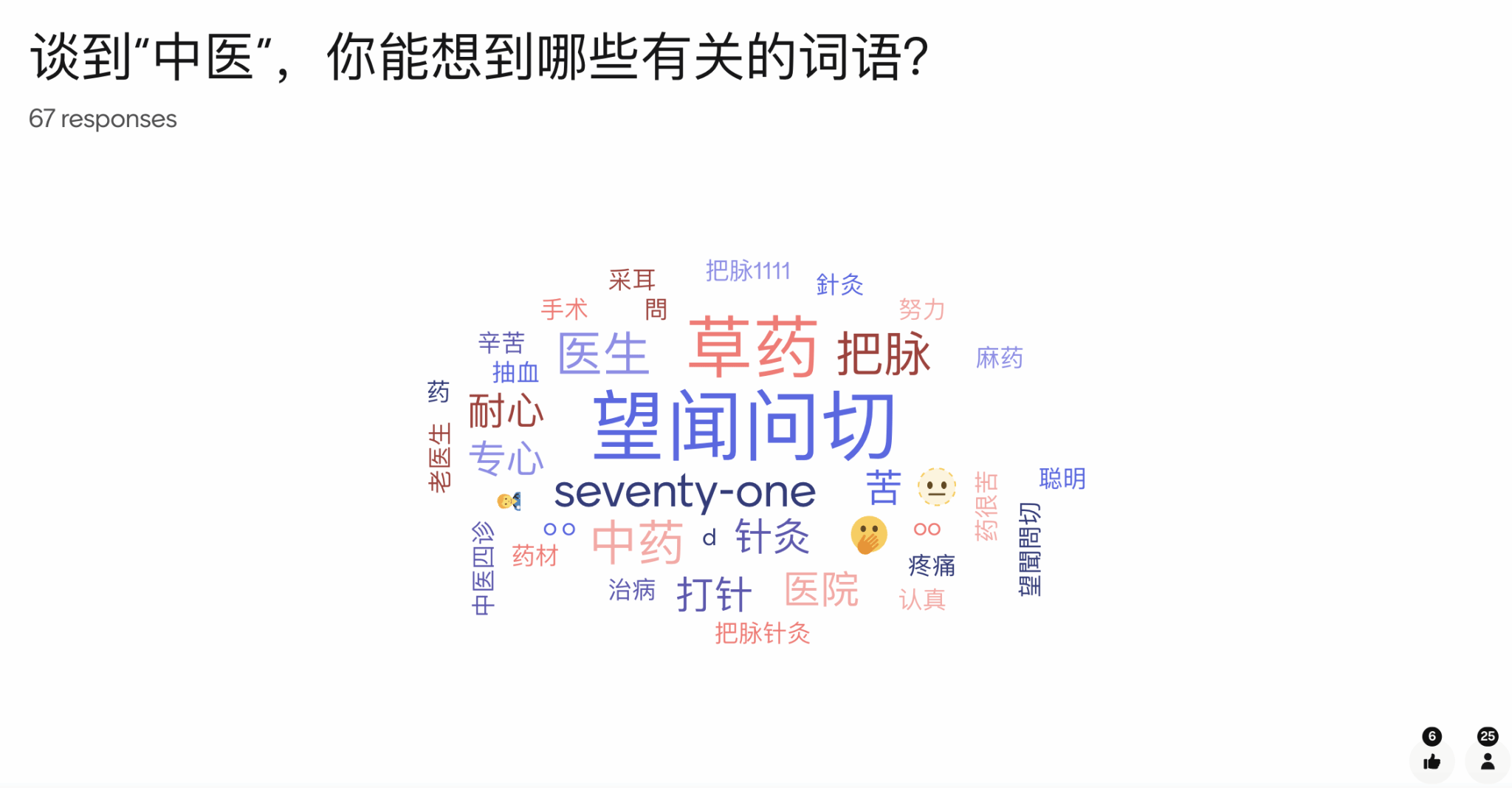
On the afternoon of April 2nd, teachers and students visited the Shanghai Museum of Traditional Chinese Medicine, located on the campus of Shanghai University of Traditional Chinese Medicine. With the help of volunteer guides, the children stepped through a cultural gateway bridging past and present. Among oracle bones and bamboo slips, ancient bone needles and stone probes, they witnessed how early civilizations transitioned from primitive practices to established medical systems. Through exhibits including the earliest drainage pipes, plaques from imperial medical institutions, and the ancient "Pingjiang Map"—the first to display the location of "hospitals"—they learned about the long evolution of public health and medical education. At the interactive bronze acupuncture figure, the youngsters challenged themselves to locate acupoints, just like ancient medical students did in exams. Beneath a wall covered with herbal specimens, they chattered excitedly about familiar and unfamiliar plant names.
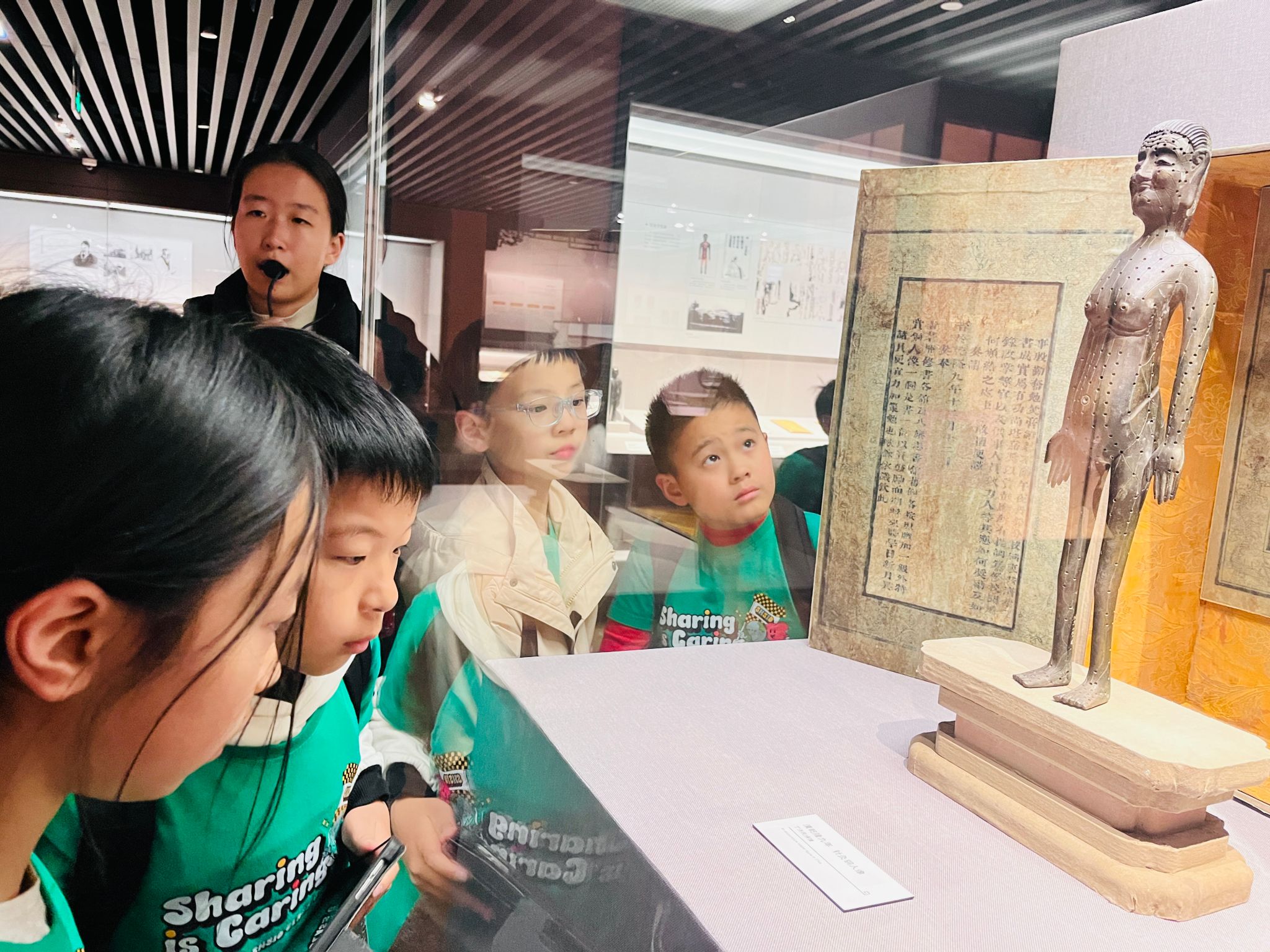
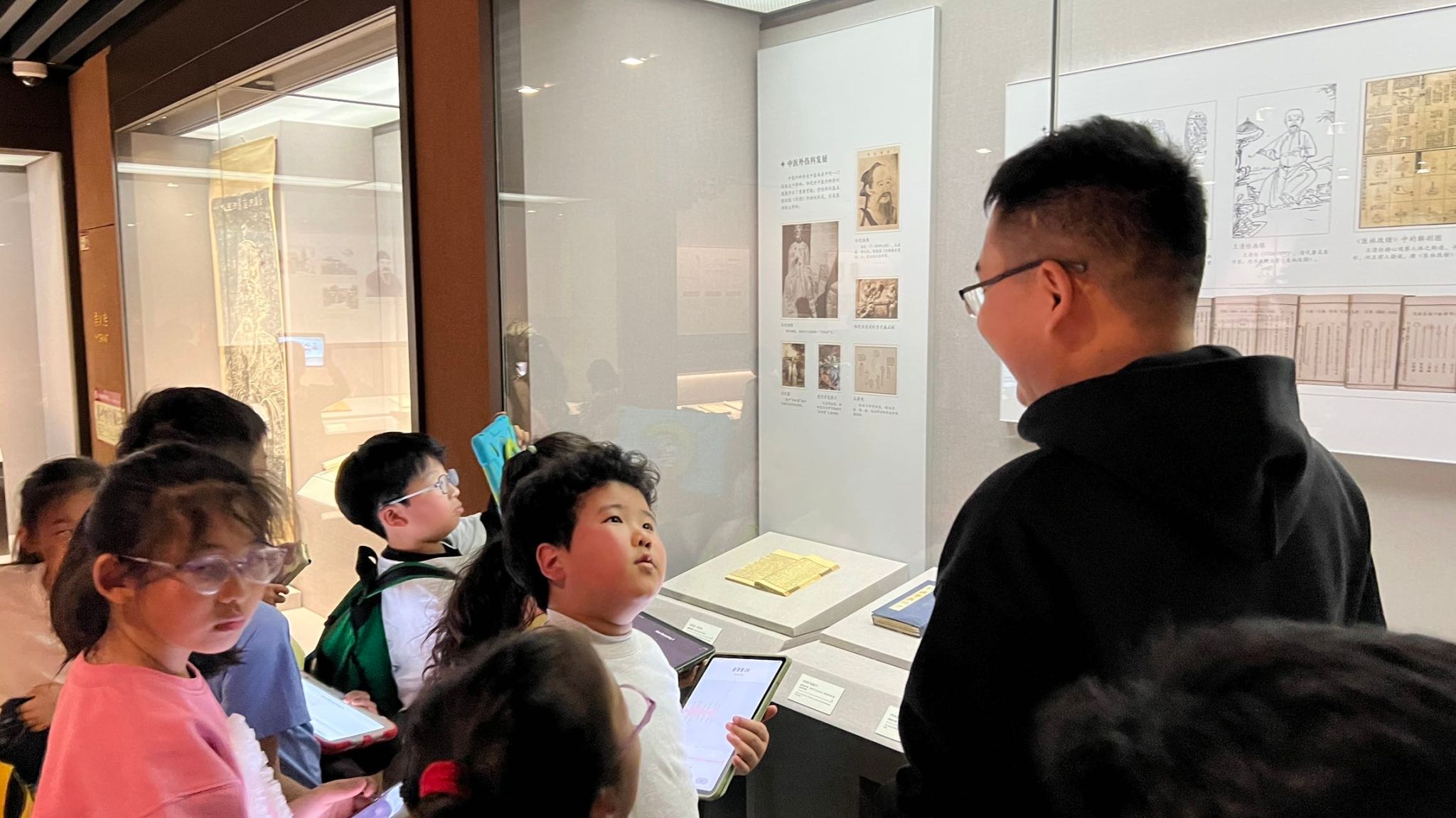
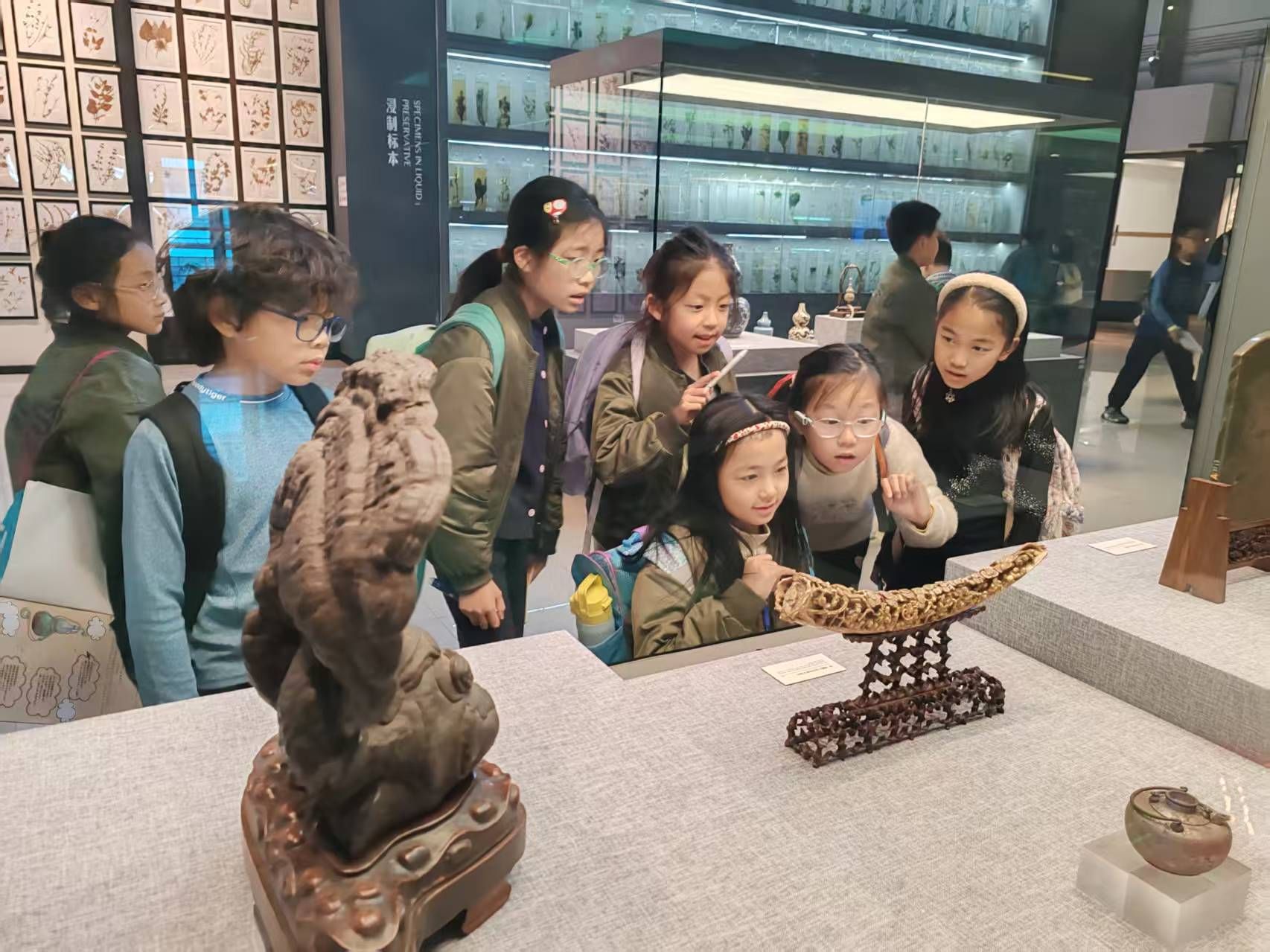
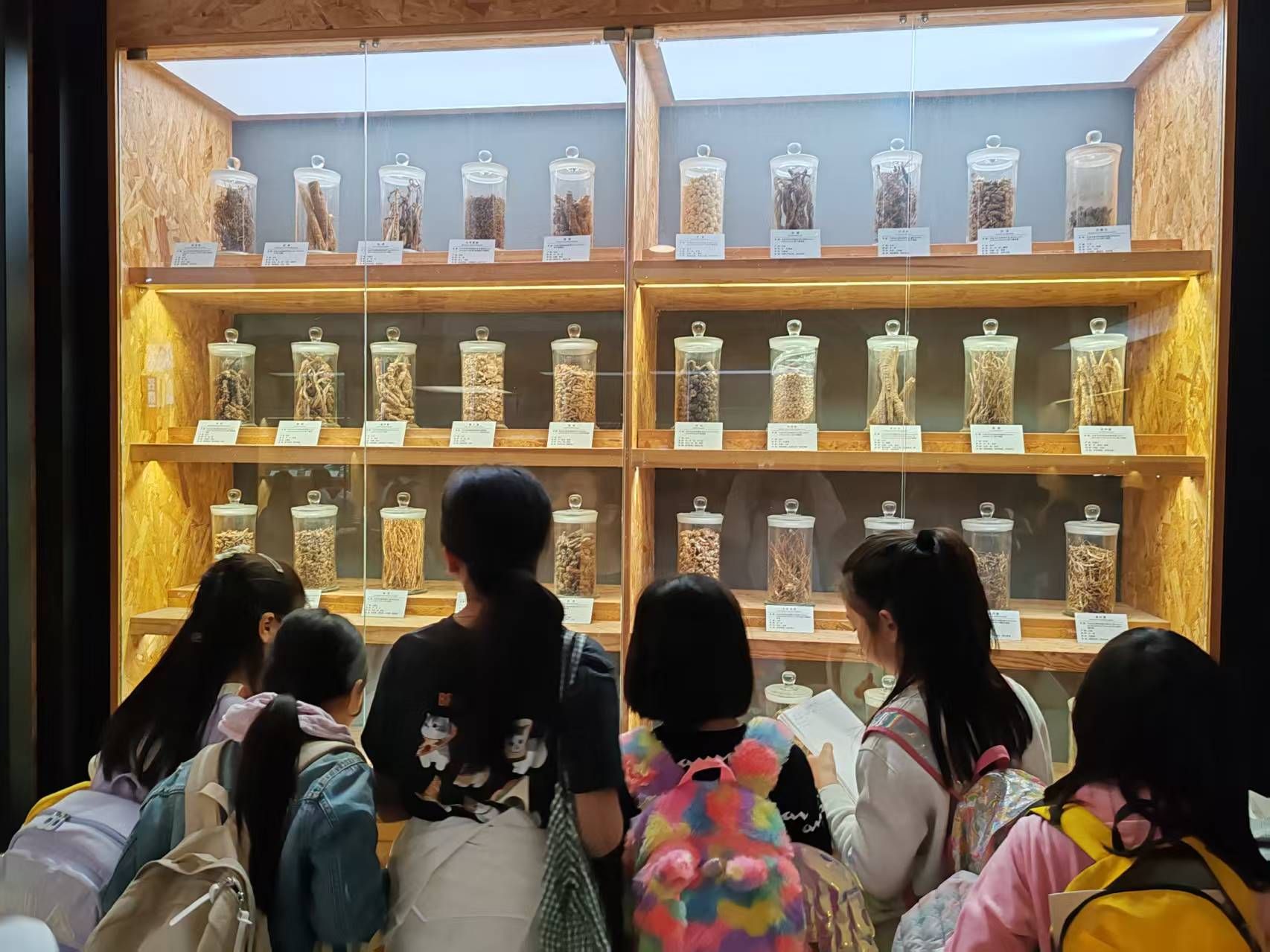
Blessed with clear skies, the group then strolled through the "Herbal Garden," where they touched, smelled, and observed living medicinal plants. The vibrant isatis roots and fragrant mugwort leaves captivated the children, who bent down eagerly to examine them up close. With each interaction, their connection to this traditional culture grew stronger.
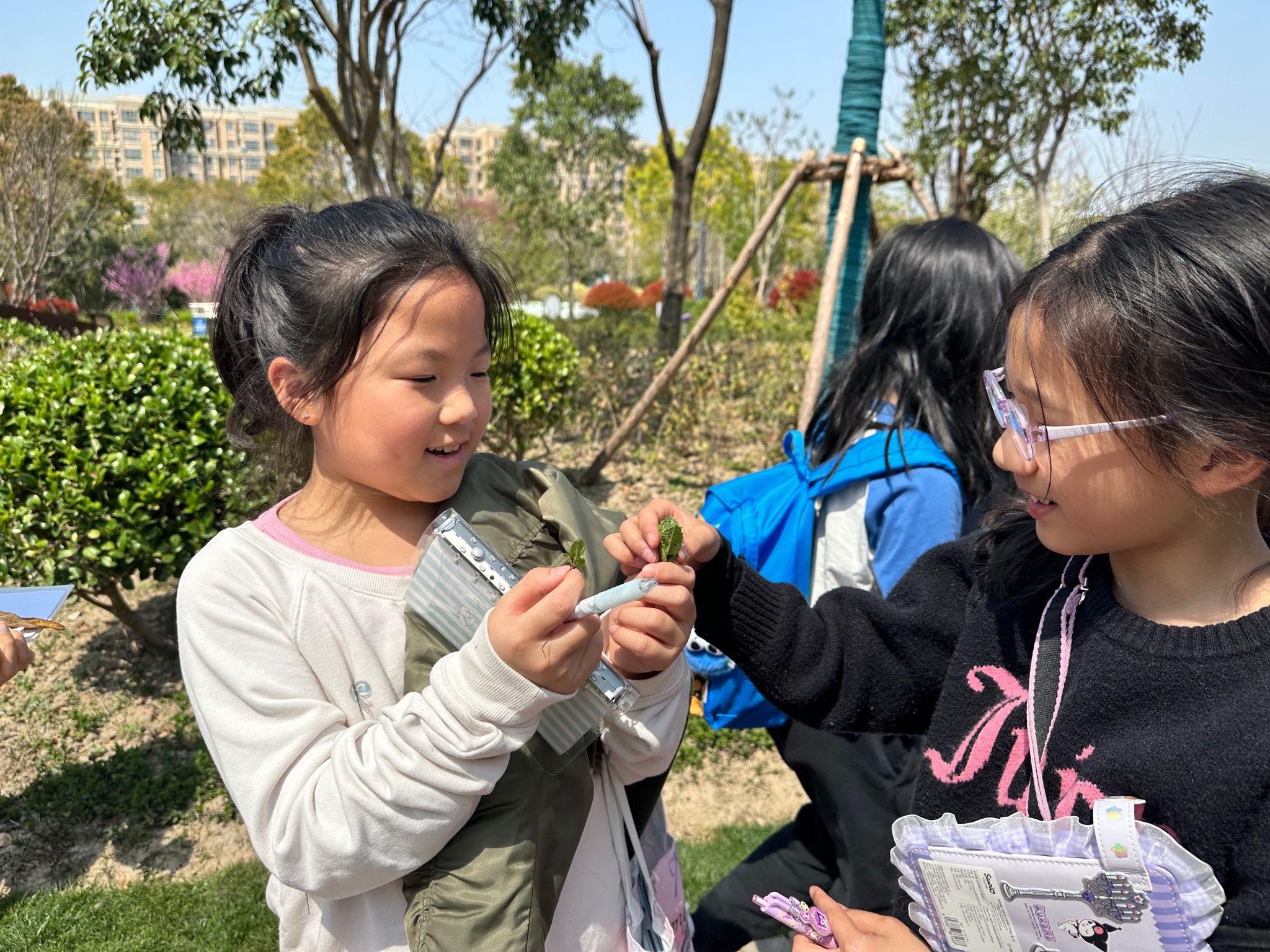
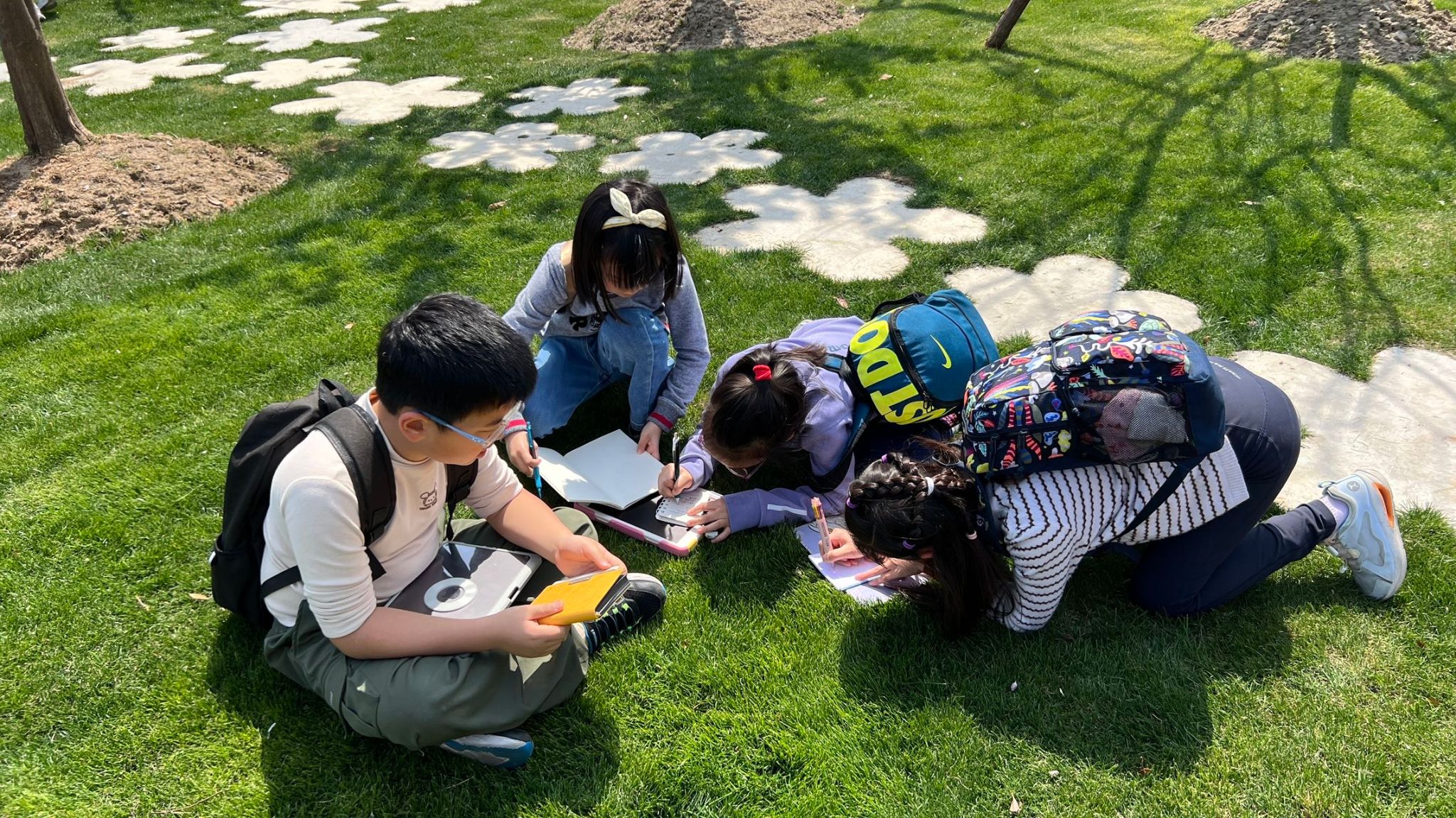
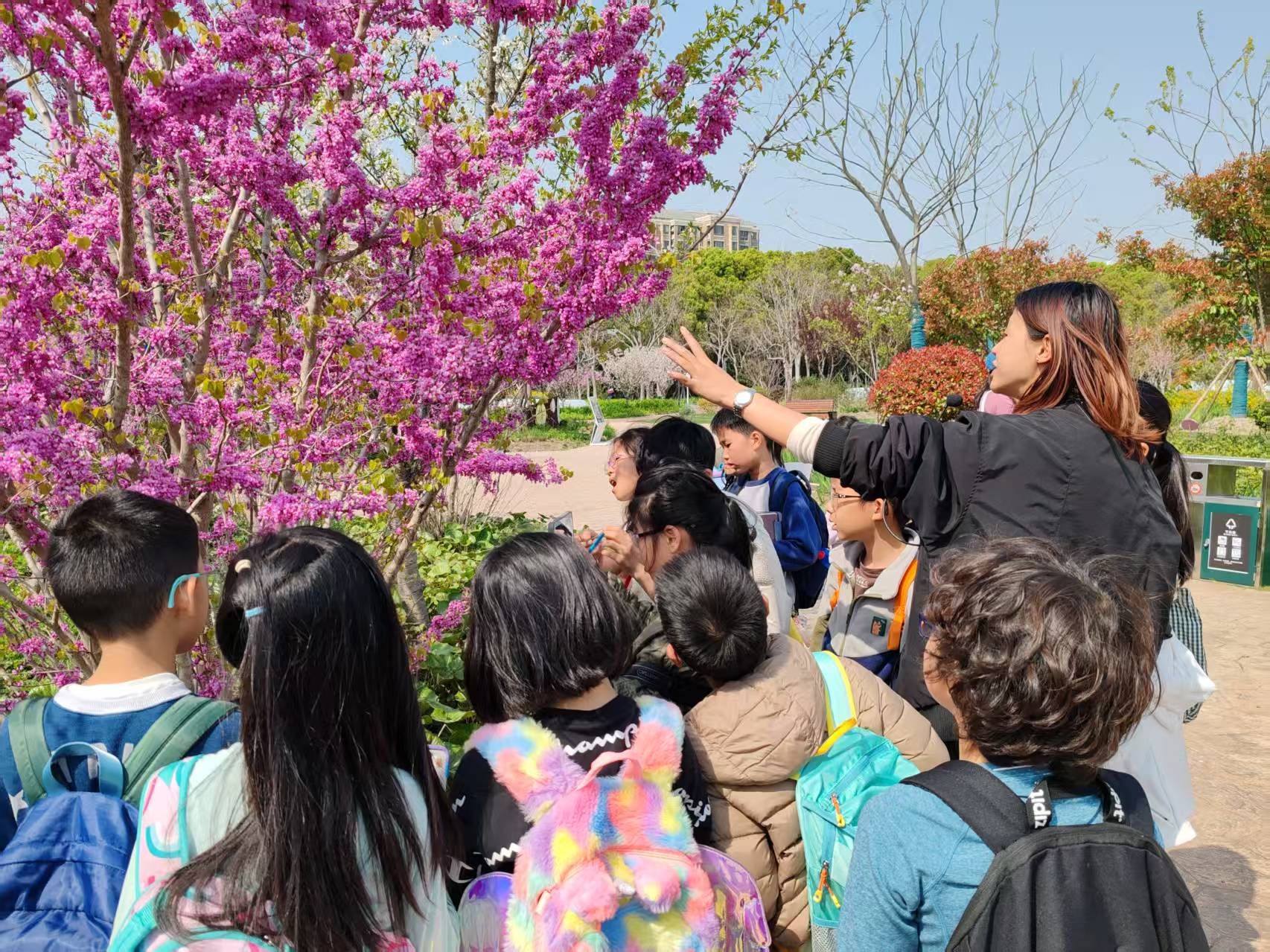
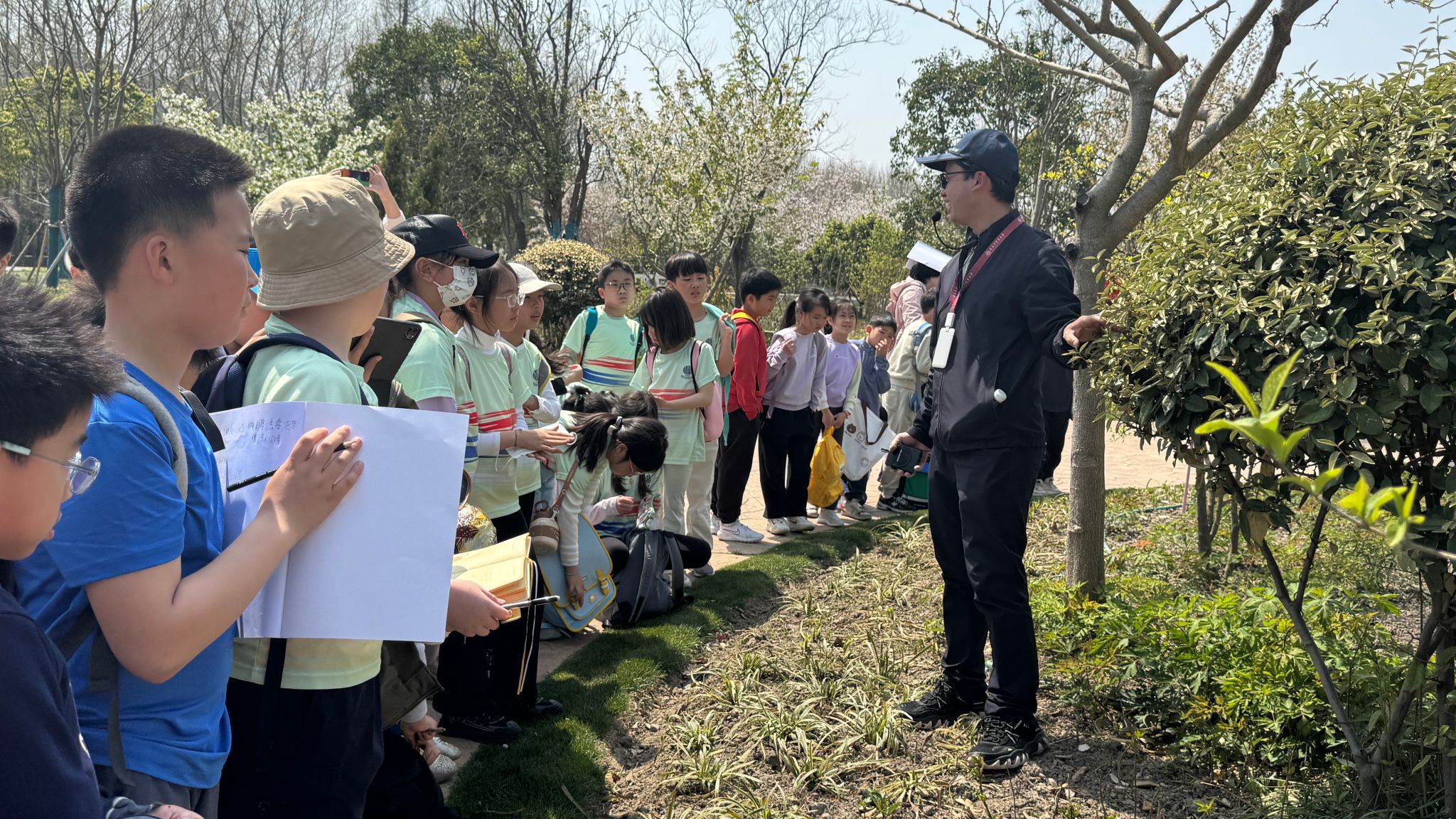
Back at school, the students enthusiastically resumed group projects. Some composed poems or couplets using herbal names, refining their creations with AI tools like MagicSchool; others illustrated four-panel comics depicting the "observation, listening, questioning, and pulse-taking" diagnostic process; some researched and marked hand acupressure points for wellness; while others crafted English slogans to promote TCM globally.
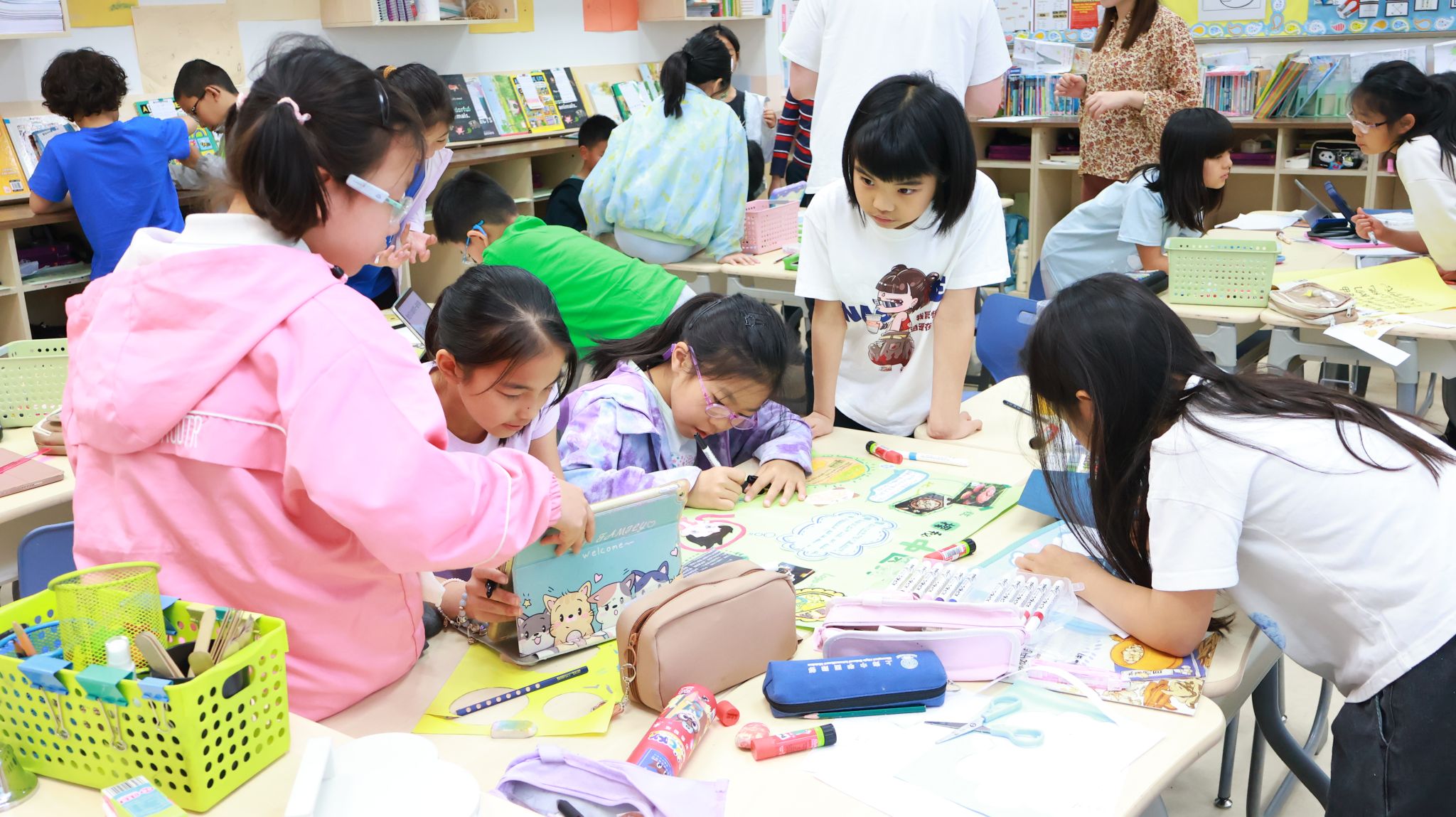
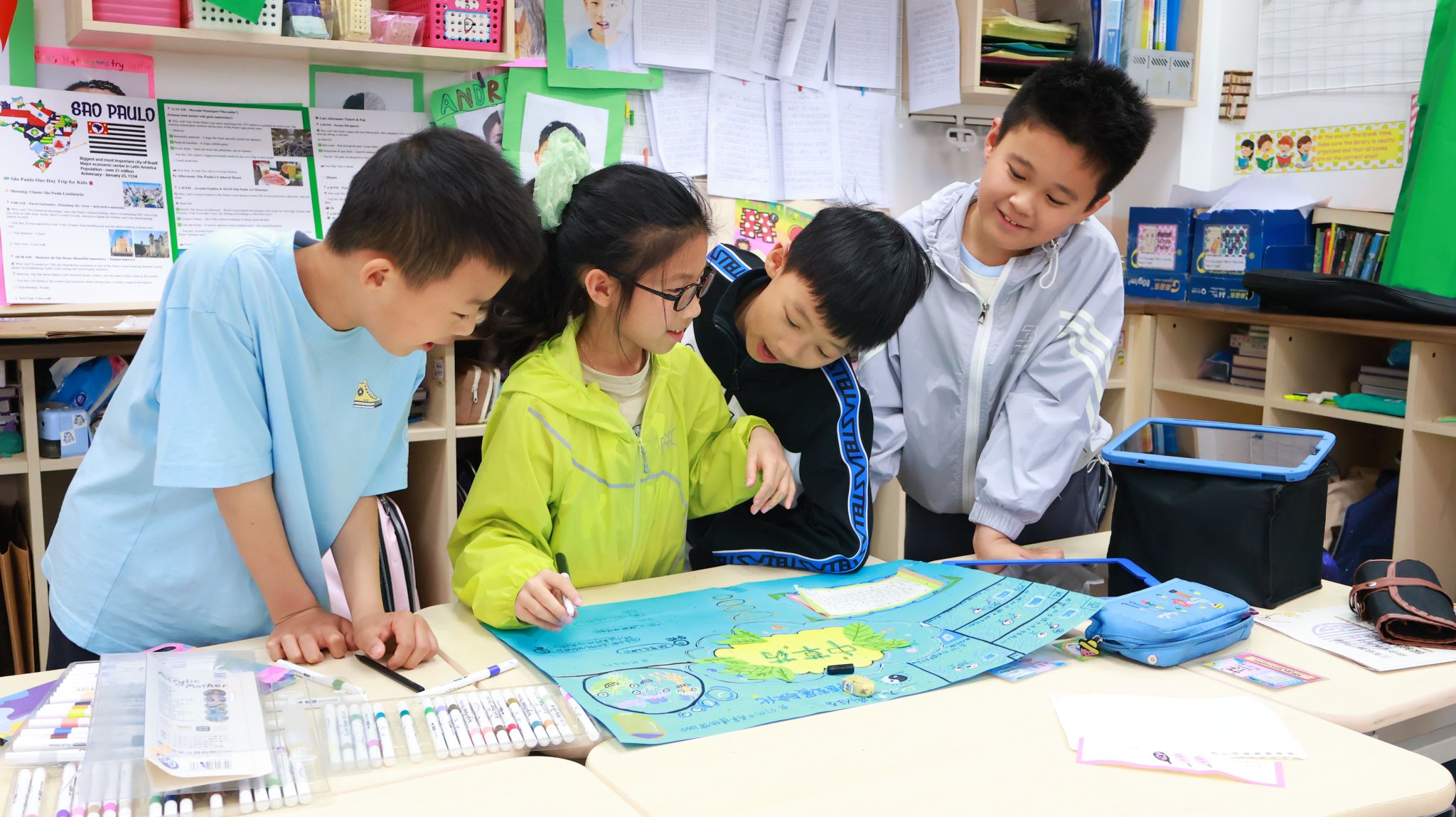
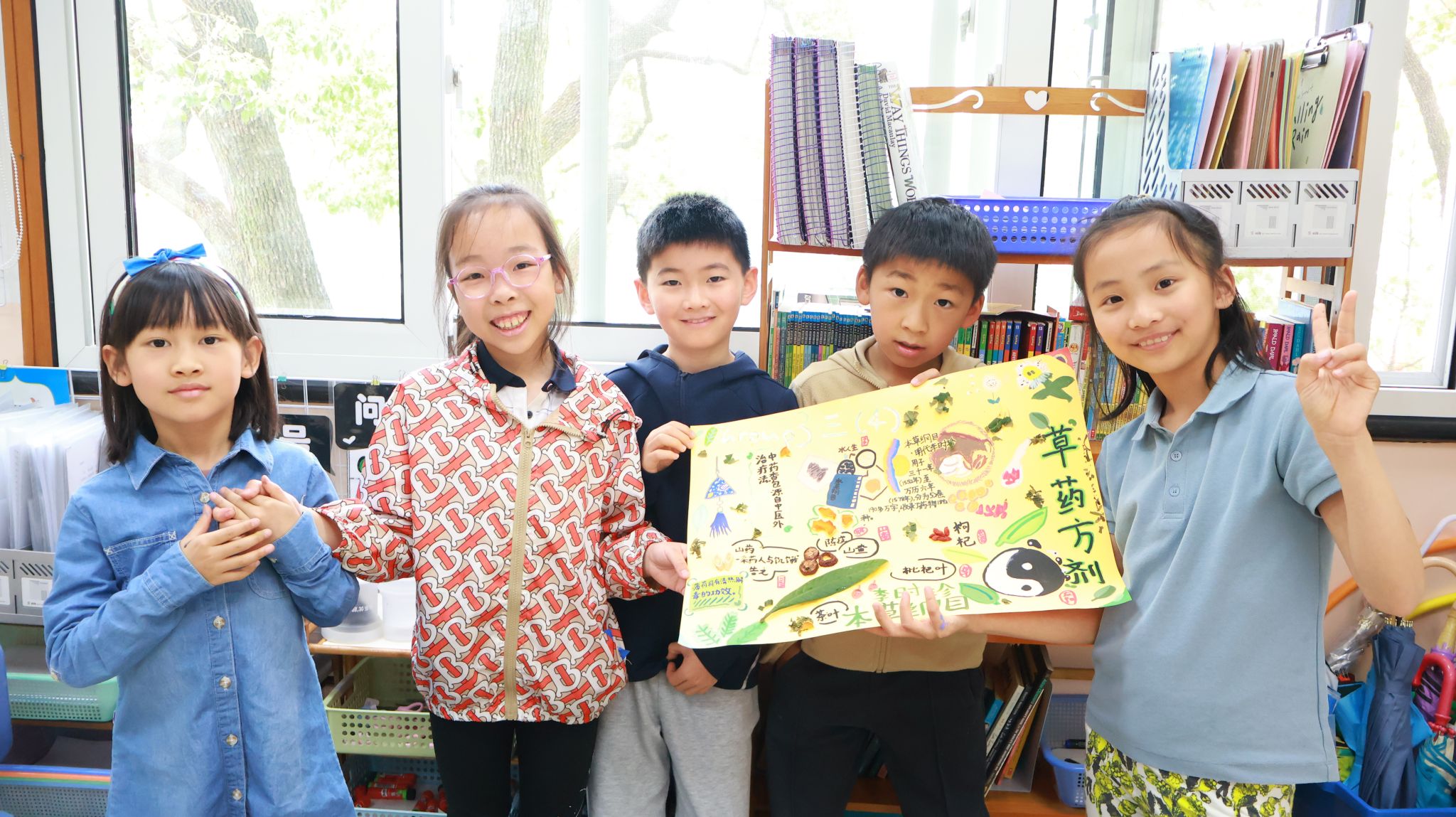
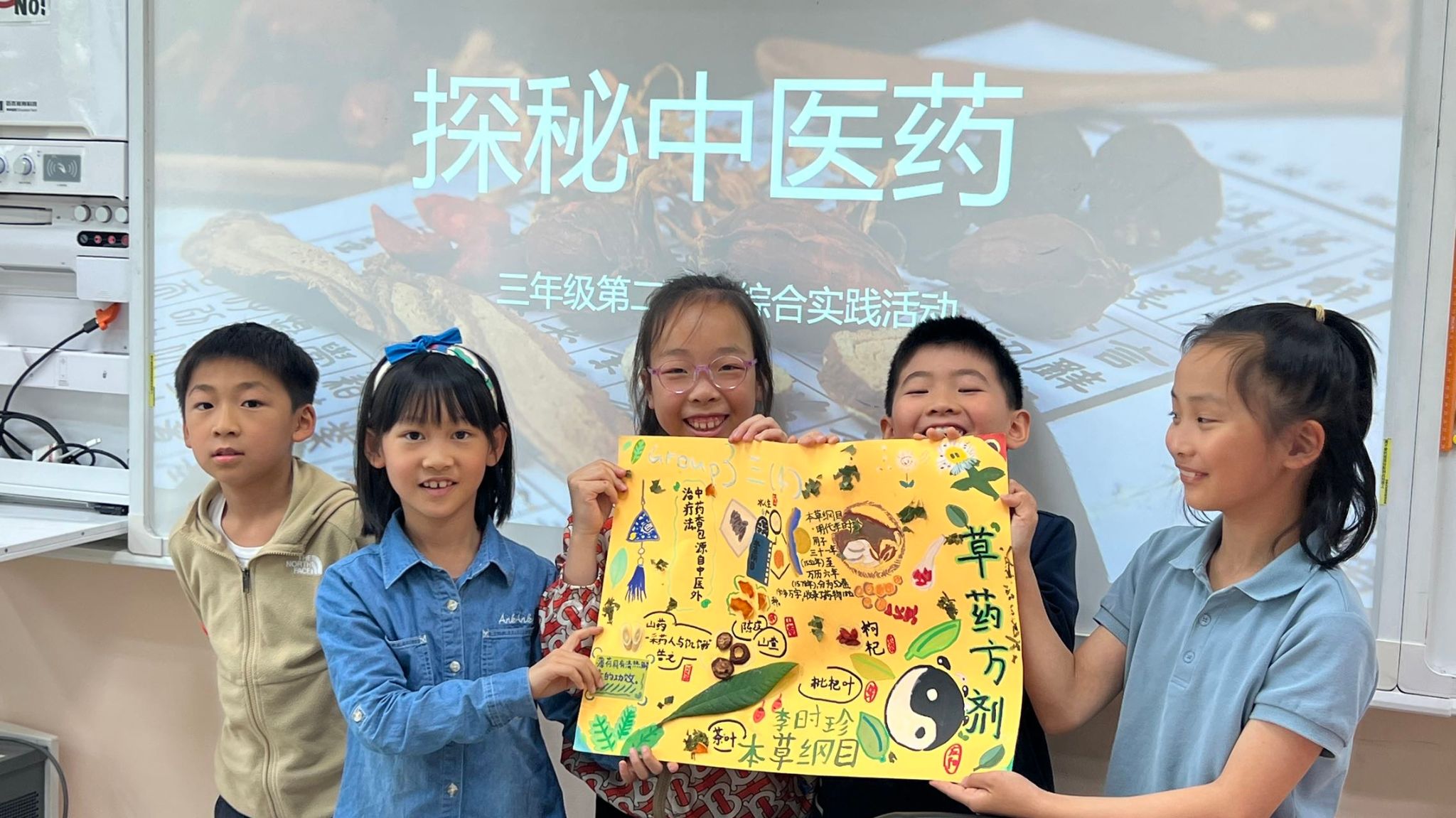
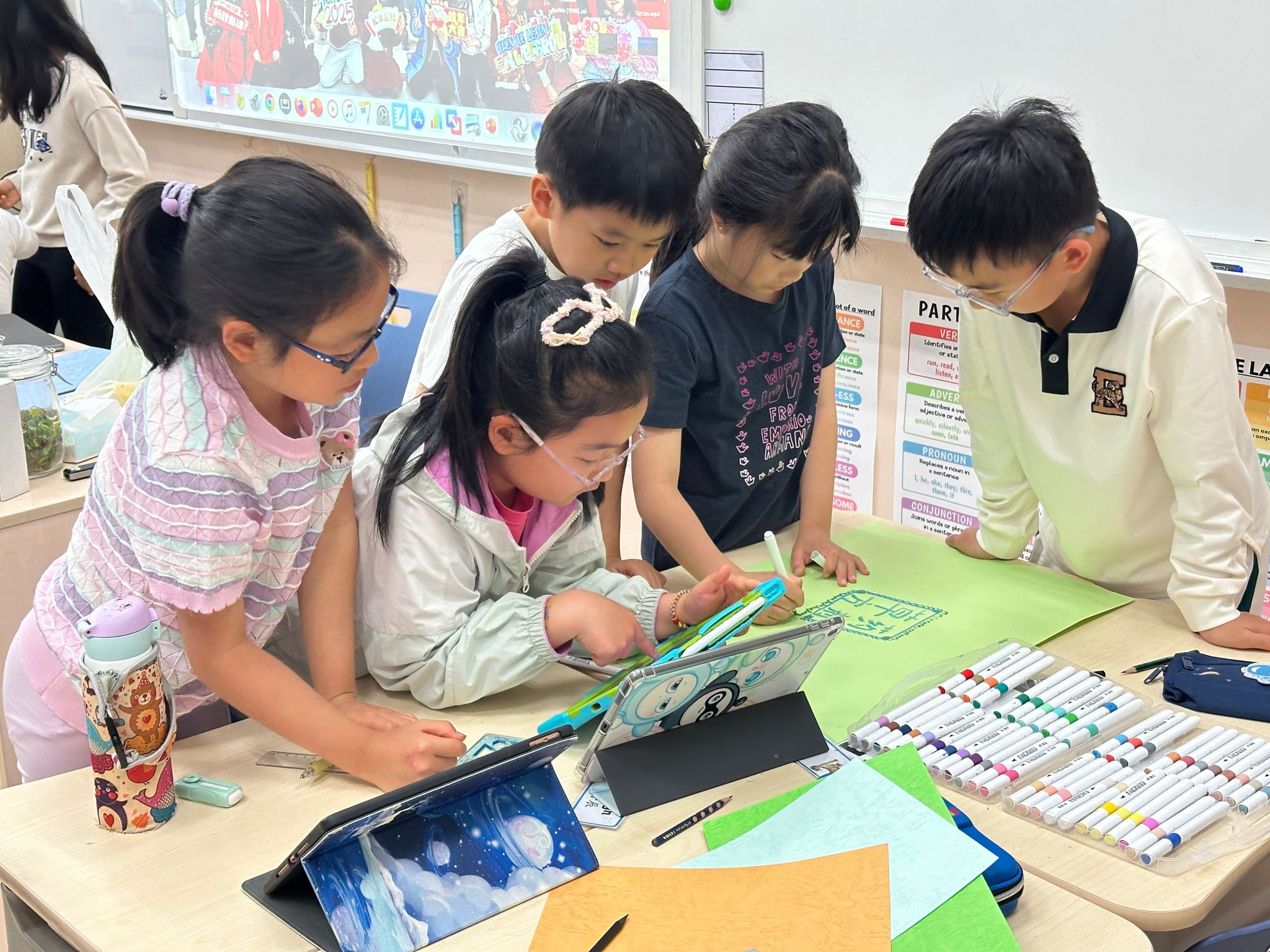
While nurturing the children's fascination with TCM, teachers also encouraged them to recognize its limitations and controversies. Rather than avoiding these discussions, students were guided to confront them thoughtfully. These questions highlighted inevitable conflicts between tradition and modernity. Through heated group debates and online research, the children offered surprisingly insightful perspectives.
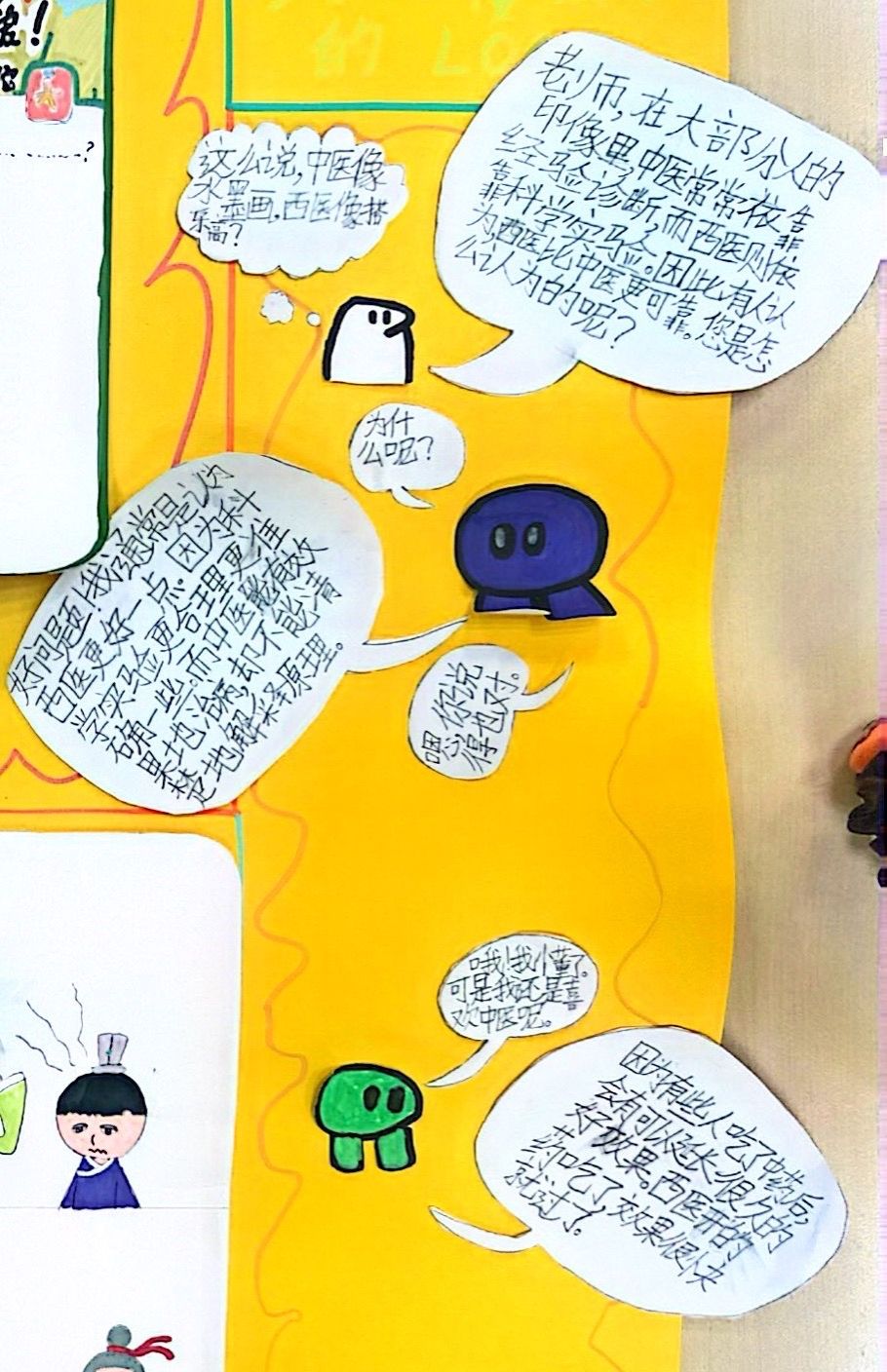
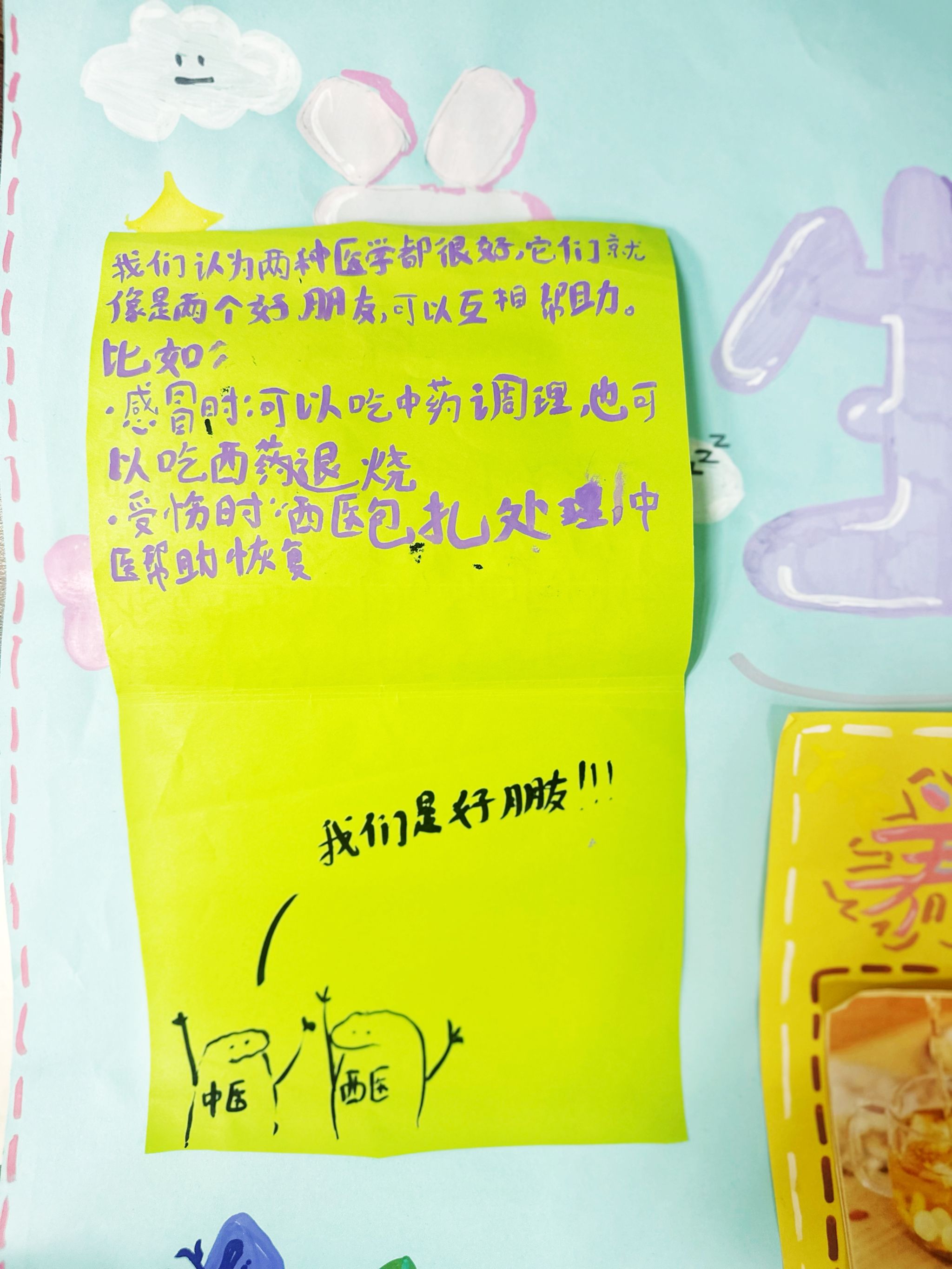
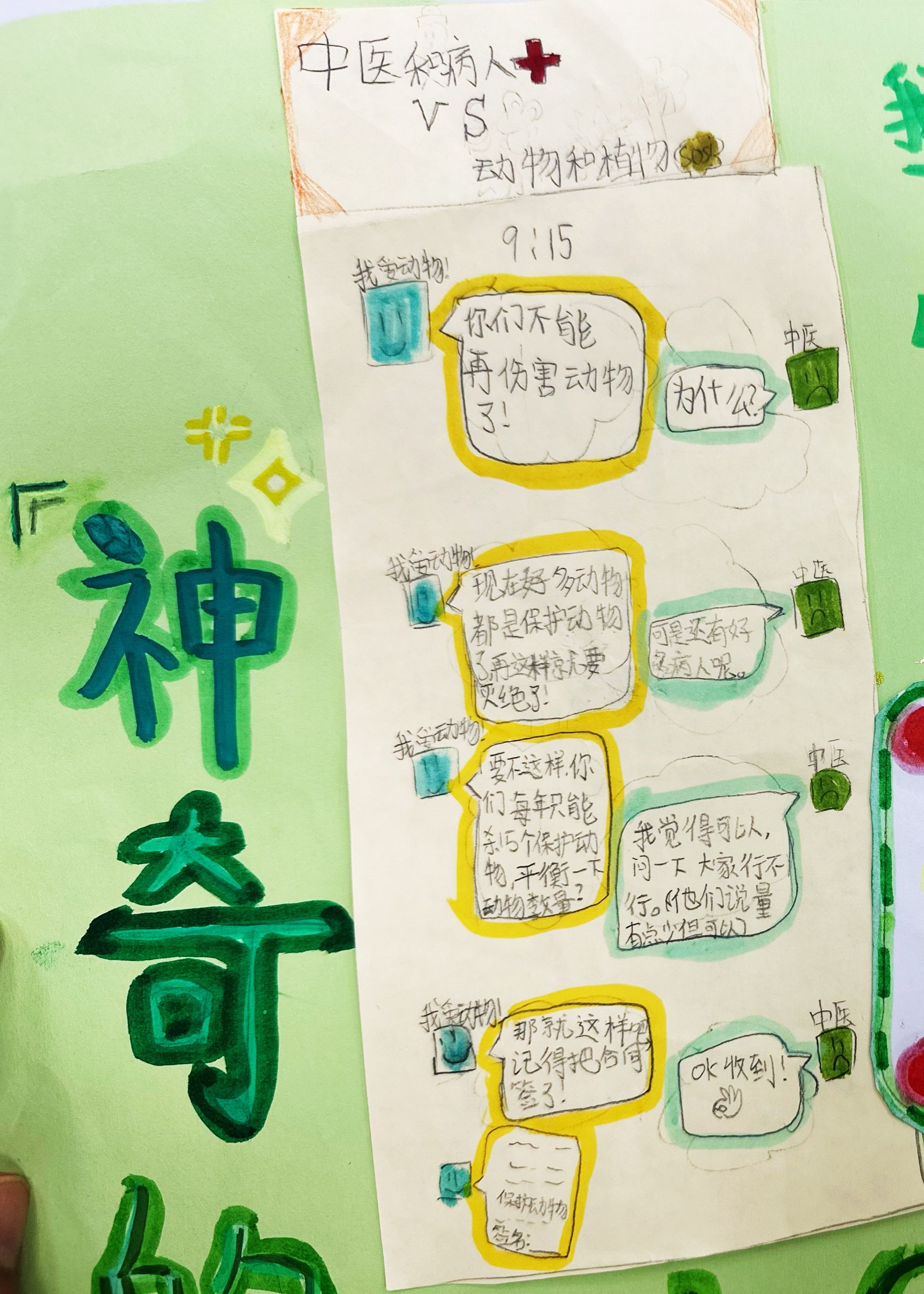
This journey through TCM culture transcended mere knowledge acquisition. As the children gazed at millennia-old stone probes, inhaled mugwort's fragrance in the garden, and passionately defended endangered species in debates, ancient medical wisdom quietly intertwined with modern critical thinking. The teachers' goal wasn't to provide answers but to help them appreciate TCM as a cultural treasure while understanding its challenges. Perhaps among these young learners are future innovators who'll use AI to decode prescriptions, bridge Eastern and Western medicine, or advocate for ecological balance in heritage preservation—for cultural transmission is never mere replication, but recreation carried forward with thoughtfulness and warmth by each generation.
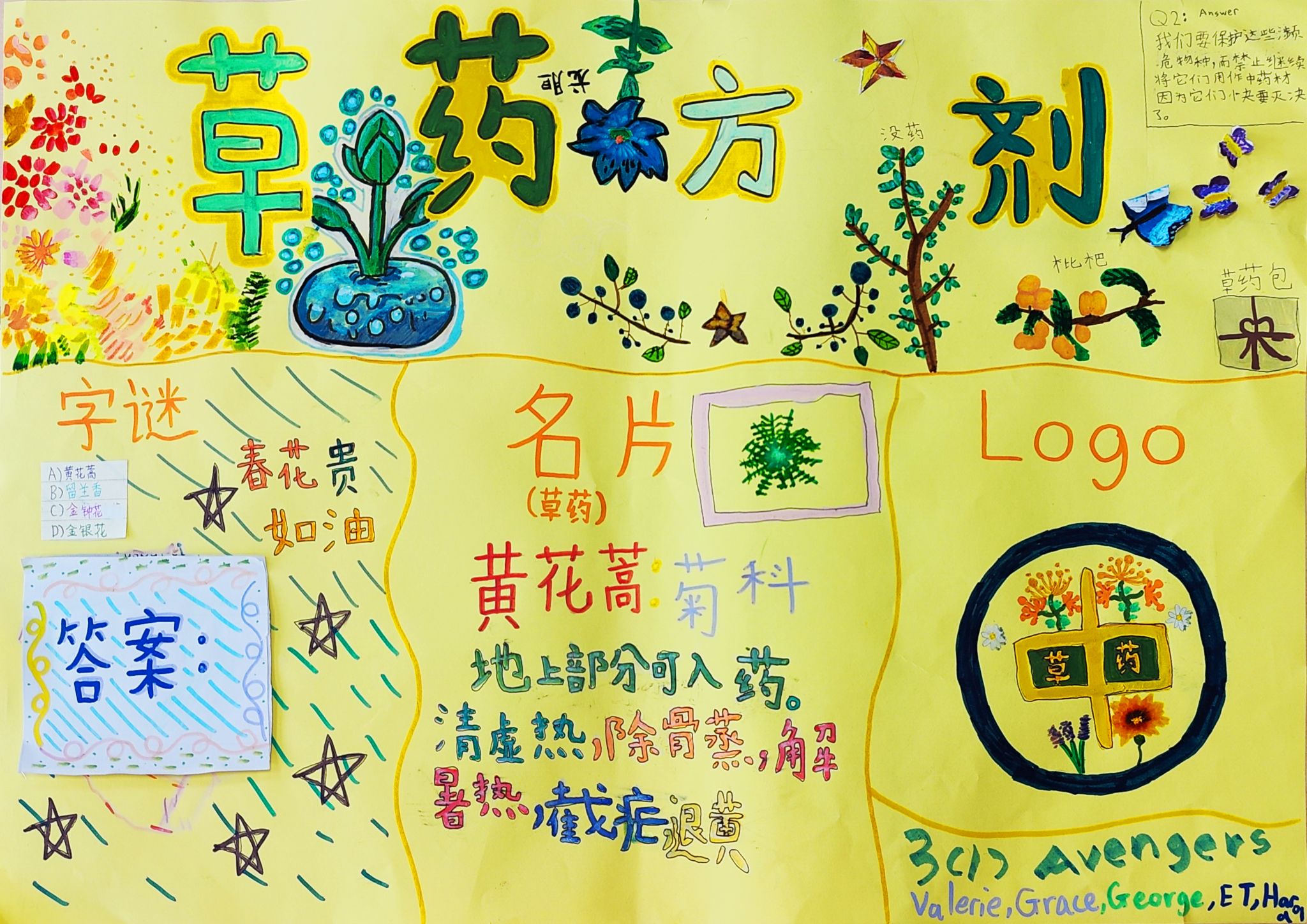
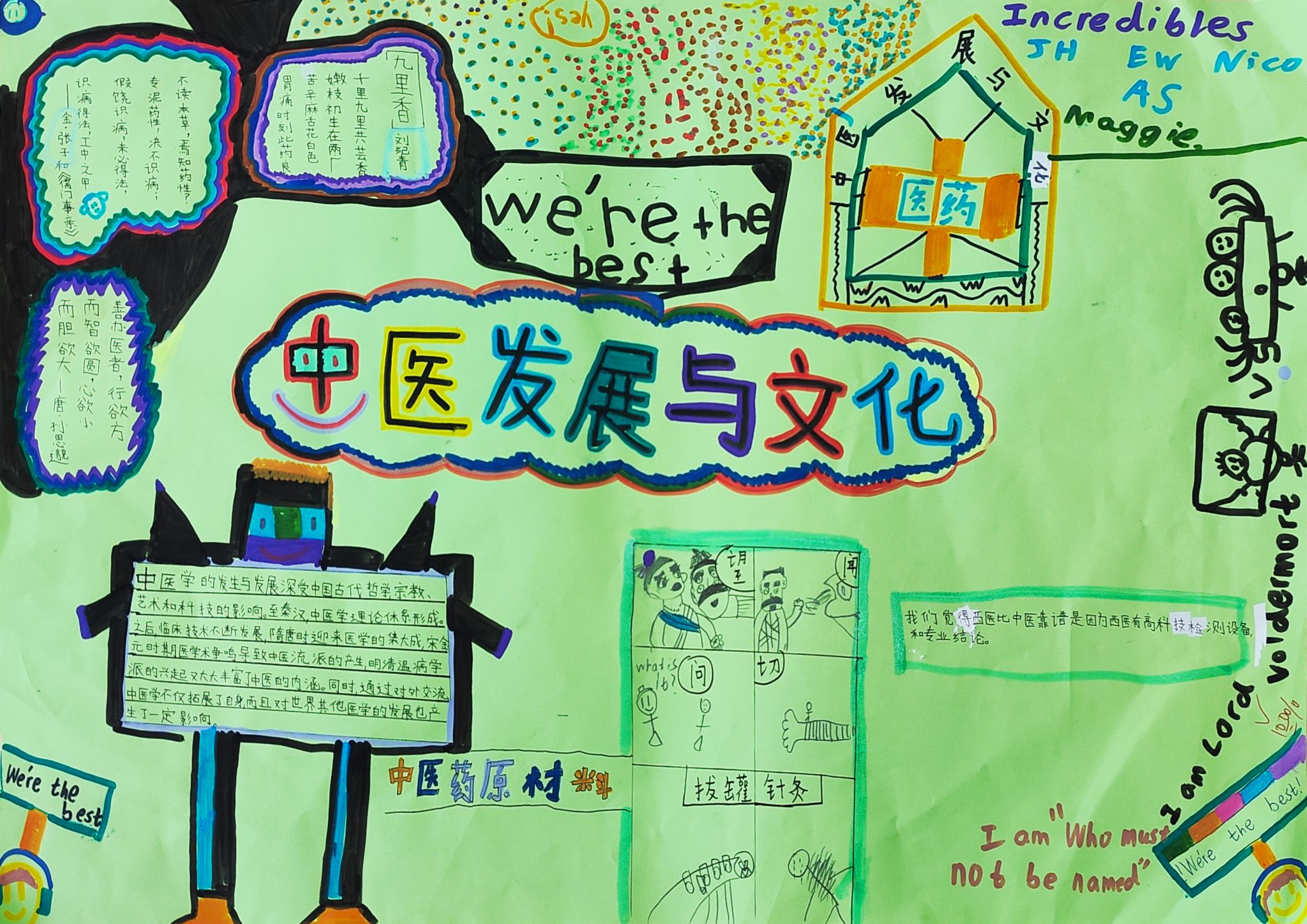
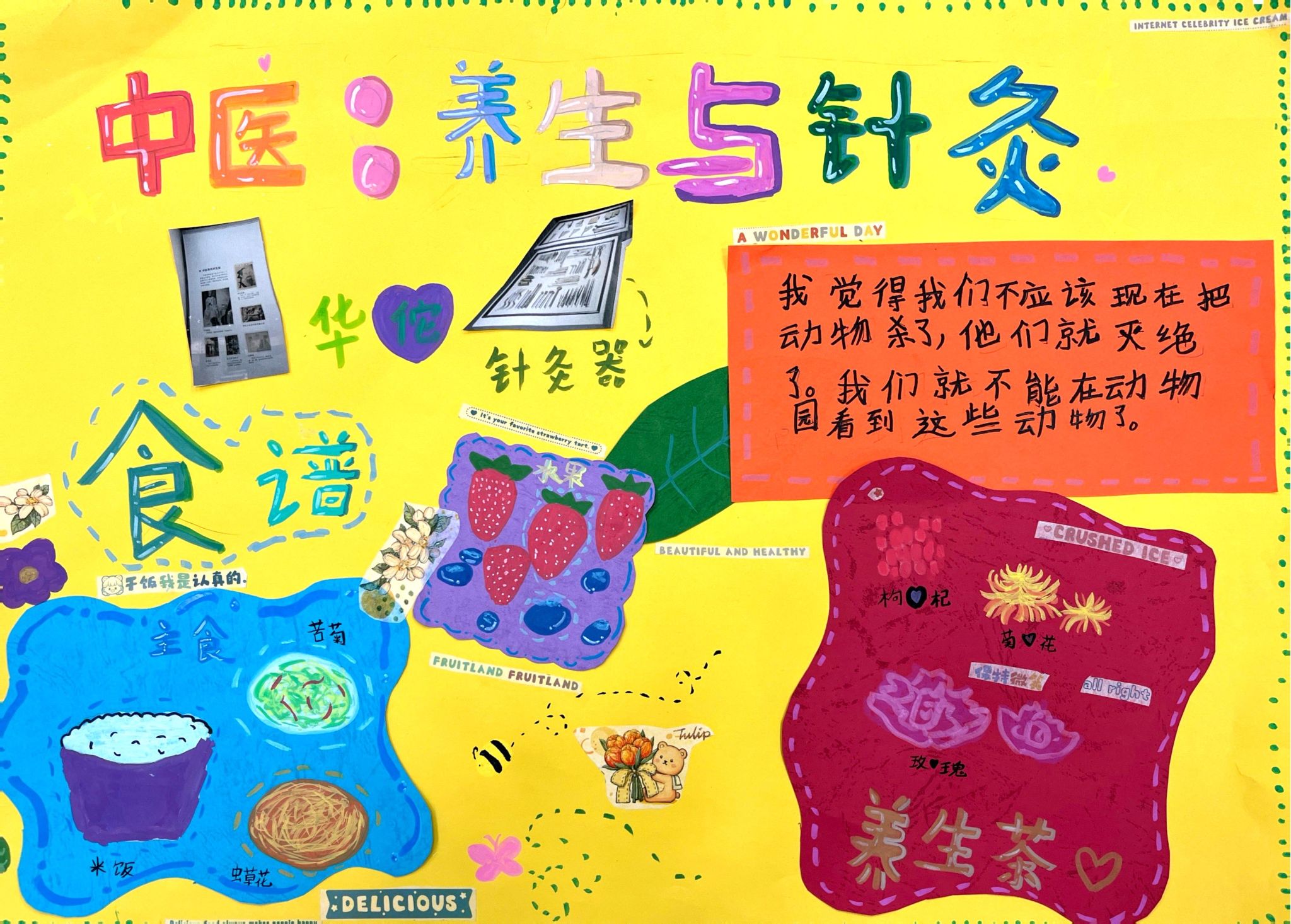

Written by Yuanjing Zhang
Pictures by G1-3 Homeroom Teachers
Reviewed by Sunny Sun, Zhang Yi, Chenli Shen, Cong Luo